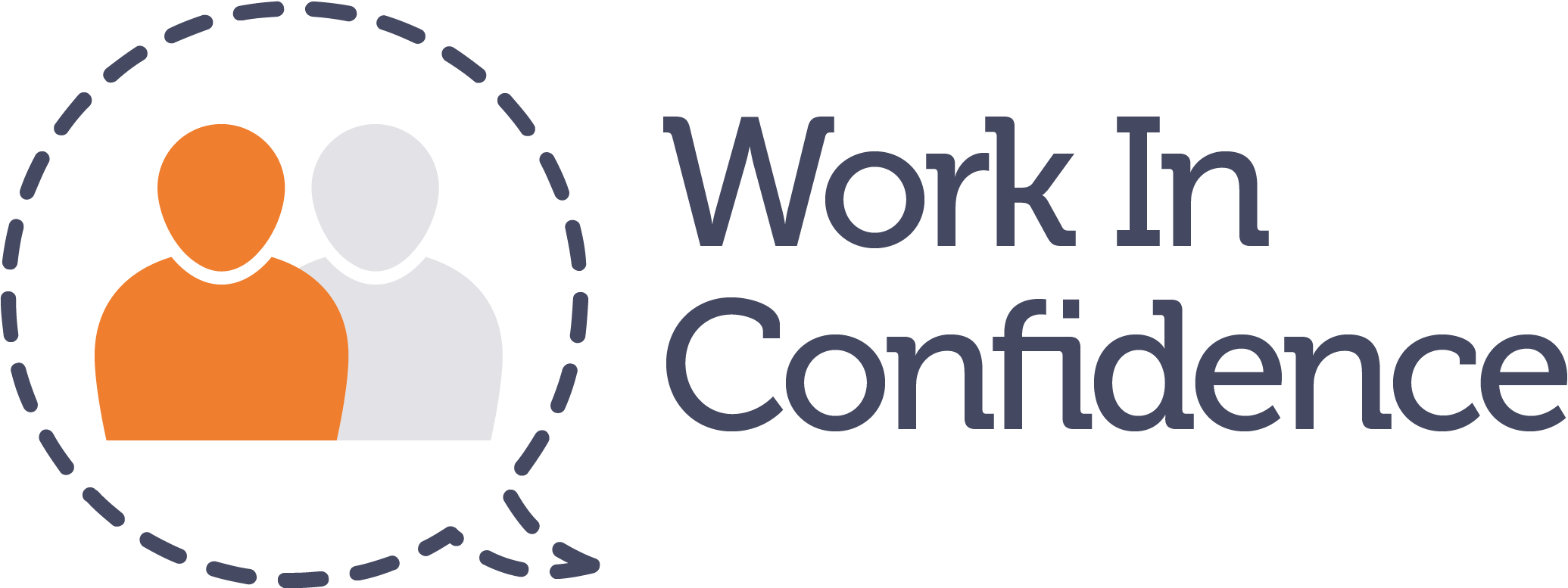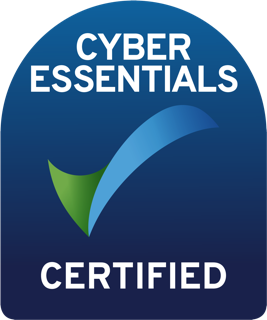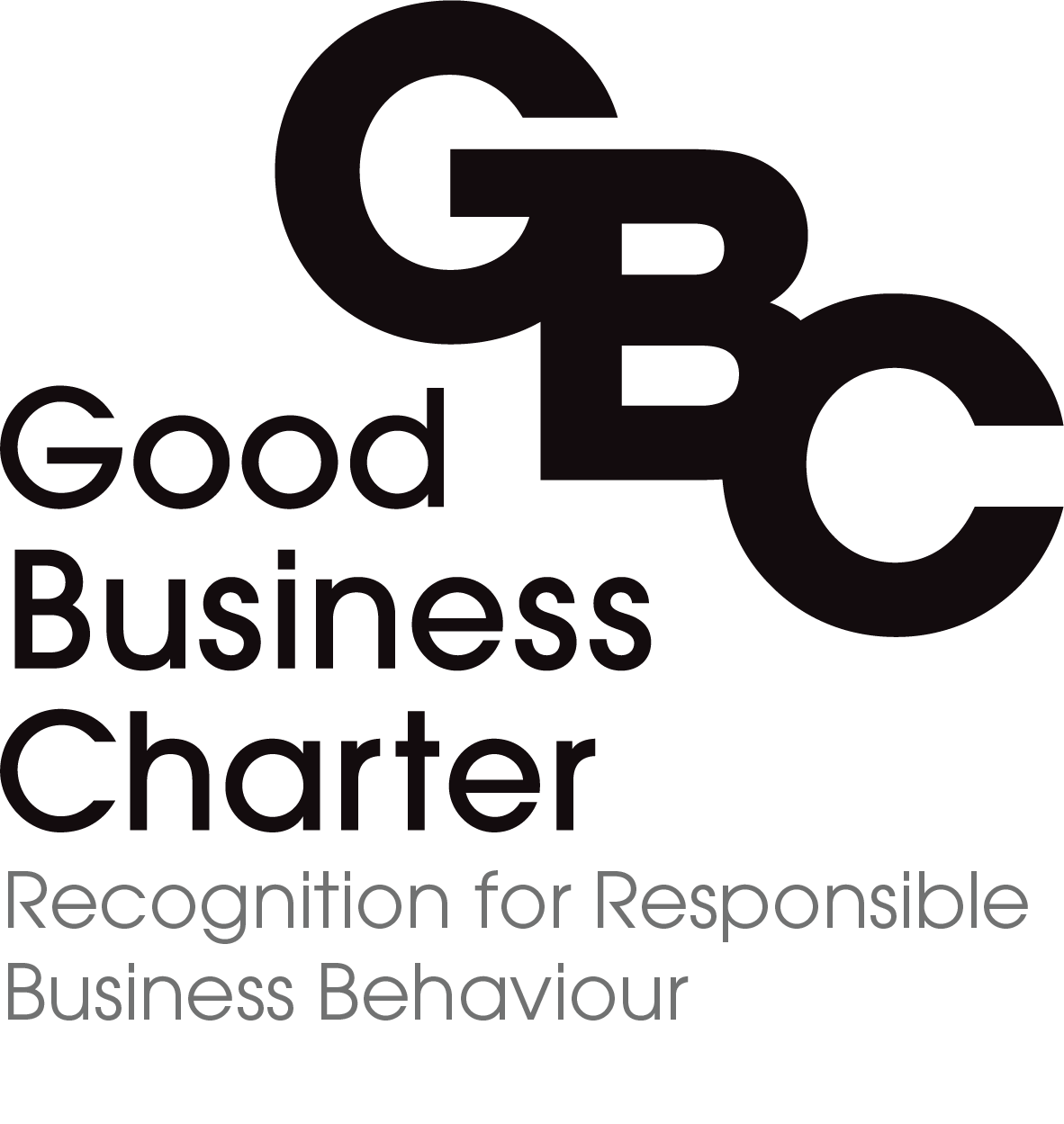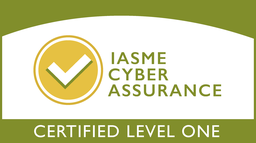Biannual performance reviews have inherent flaws
Performance reviews are an essential tool for any organisation, yet the process continues to cause headaches for managers and employees. Everyone needs some form of feedback to help with their career, whether it is necessary for a promotion, a new job, a pay rise or just for personal development. The results of an appraisal should never come as a surprise, but often do, turning happy and productive employees into disgruntled employees
The process is often one-way and top-down, rigid, and the fear of the unknown creates anxiety with far-reaching consequences. The longtail effect of a poor performance review or employee assessment process is an unhappier workforce and higher staff turnover, which leads to a loss of productivity and increased cost of training. These seem like a high cost for what should be a straightforward process, so, in this blog, we look at strategies for you to try and improve your employee review process, increase employee wellbeing, and ensure continued productivity.
The employee review and assessment process are essential to employee and workforce development, typically taking place once a year which may include a half-yearly check-in, but is this enough?
In many instances, it aligns with annual salary reviews and bonus pay-outs which is why feedback that does not align with what is expected will create tension now and a disengaged employee down the line if the matter is not discussed openly.
Recency bias is a big culprit of poor reviews
One of the greatest factors leading to unhappiness in the performance review process is recency bias, which is a memory bias placing greater importance on recent events. For example, an employee may have closed a significant deal at the beginning of their review cycle but recently missed a few potential deals. Recency bias disregards the good work achieved at the beginning of the review period and focuses on recent underperformance instead.
You can see how this can become a challenge and have found yourself in the same position yourself?
Fixing the performance review process is easier than you may think
Addressing the process is perhaps easier than you think and may not require a complete overhaul of the annual review process.
The first step is to ensure that check-ins happen more frequently. They needn’t be a time suck either.
More frequent, shorter, but less-formal check-ins are a good way of ensuring a consistent review of the year’s performance with employees and tend to be more conversational. Building an engaged culture starts with at least a few basics:
- Maintain at least a biannual formal review – deeper feedback to discuss progress against goals and objectives.
- Set up shorter, regular check-ins with individuals, which could be as brief as 15 minutes, as an informal means of connecting and discussing progress.
- Be sure to celebrate successes openly and address areas for improvement when action needs to be taken.
- From a leadership point of view, document discussions, even if just a few bullet points and share them.
- Determine cadence for check-ins that suit you and your team.
Even if the organisation is not quite ready to change the annual review process, implementing the steps above within your team can be transformative for team morale and engagement.
Happier, engaged employees result in more profitable, productive businesses
A happy, healthy employee and employer relationship are built on a culture of trust and listening; employees need to feel that they have an opportunity to speak up and that the employer had heard them, which should not only happen once or twice a year.





